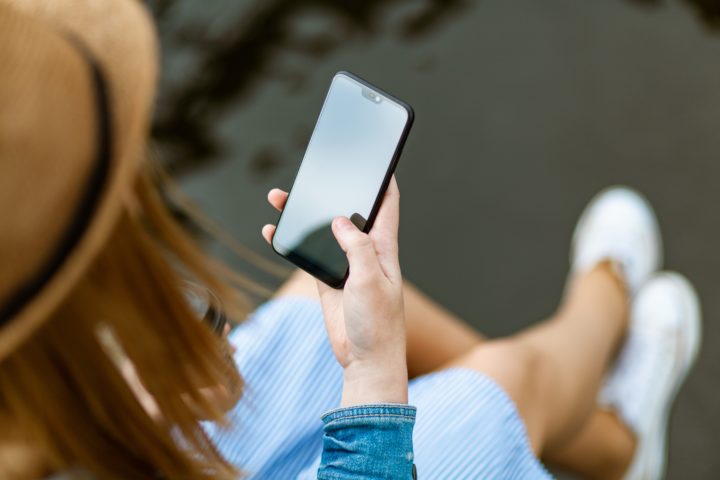The following contribution is from another author.
It is incredible to think about how mobile technology has changed over the years. Today, mobile phones are central to everything we do. From ordering our grocery shopping to carrying out work tasks, we use our mobile phones for a multitude of activities throughout the day. It is hard to imagine a day whereby they did not exist! So, we thought it would be interesting to take a trip down memory lane and look at how mobile phones have changed over the years.
The ‘80s
Back in the ’80s, it was impossible to comprehend that phones would come as far as they have today. The first phone that was available commercially was the Motorola DynaTAC 8000x. Phones had been in development for the past couple of decades, but they were far too big to considered truly mobile. The first truly portable option was Motorola’s offering. It measured a monumental 30cm in length and 9cm in thickness. It had a talk time of 30 minutes, which was incredible at the time. It cost $3,000 to purchase, which seems hefty enough, but when you consider inflation, that would be around $6,900 in today’s terms.
The ‘90s
Things started to get a bit more exciting in the ‘90s. This began with the introduction of the MicroTAC 9800x, which was another Motorola product, yet it was a lot smaller than its predecessor. It weighed less than half as much, as well as only measuring 22cm in length when flipped open. It came with a number of different features. It enabled people to store 30 numbers, and standby time had more than tripled as well. Motorola dominated the market through the ‘80s, but then Nokia, a Finnish company that you’re probably familiar with, started to come onto the scene. They released the first GSM phone in 1993, the Nokia 1011. This phone used digital networks instead of analog. This paved the way for SMS text messaging, yet it would take another few years before this really caught on. With a 160 character limit, this is also how text speak was born. People had no choice but to shorten their words if they were to get their entire message in. Nokia 1011 was at the forefront of mobile technology at the time, with great features such as the ability to store 99 contacts and dual-line display. The company continued to make more and more strides forward throughout the ‘90s. They released the 8110 in 1996, then came the 5110, 3210, and the 3310, which is probably one of the most iconic phones in history!
The ‘00s
In the early 2000s, we saw the dominance of Nokia start to slip. There were some new kids in town! These were Samsung, LG, and Sony Ericsson. Flip phones were very popular at this time, and we started to notice the emergence of color screens. In-built cameras also appeared, and a stripped-back version of the Internet could be accessed through phones with WAP enabled. A lot of innovations were churned out during this period. MP3 player functionality started to built into mobile phones, with the Motorola Razr being one of the most popular examples. Moreover, Nokia released the N-gage in 2003, which was a hand-held games console/mobile phone hybrid. It was then between 2004 and 2006 that the term smartphone appeared, and phones resembling what we know and love today started to enter the market. Of course, they were nowhere near as advanced!
Today and the future
Last but not least, we cannot end the blog post without talking about some of the truly incredible advancements that have been made in recent times and what we can expect from the future. One of the main trends that we’re seeing is the development of AI. Mobile phones are becoming more and more intelligent. We have also seen smartphones integrate with other forms of technology (you can find top iPhone contracts here). This includes everything from using your phone as a remote to smartphone hearing aids; there is something for everyone. We also have phones for all needs, from indestructible phones for construction workers to phones that have high-security for children. The sky is well and truly the limit.
So there you have it: an insight into how mobile phones have changed over the years. As you can see, there have been significant changes in the way that mobile phones were once used to the features that they are offered now. It is crazy to think about what sort of capabilities mobile phones are going to have within the next decade!

















Hi. Who can advise a good and reliable development team to develop a video streaming application? How much will it cost?
Hi. I know how to help you, you need to read the article about ott providers. I already understood that developing an application for streaming movies or similar content is quite a difficult and painstaking job. Thanks to this article, I understood how I can implement my application. Try to read the article, I hope users will really like your idea and your application will be used often. Good luck to you.